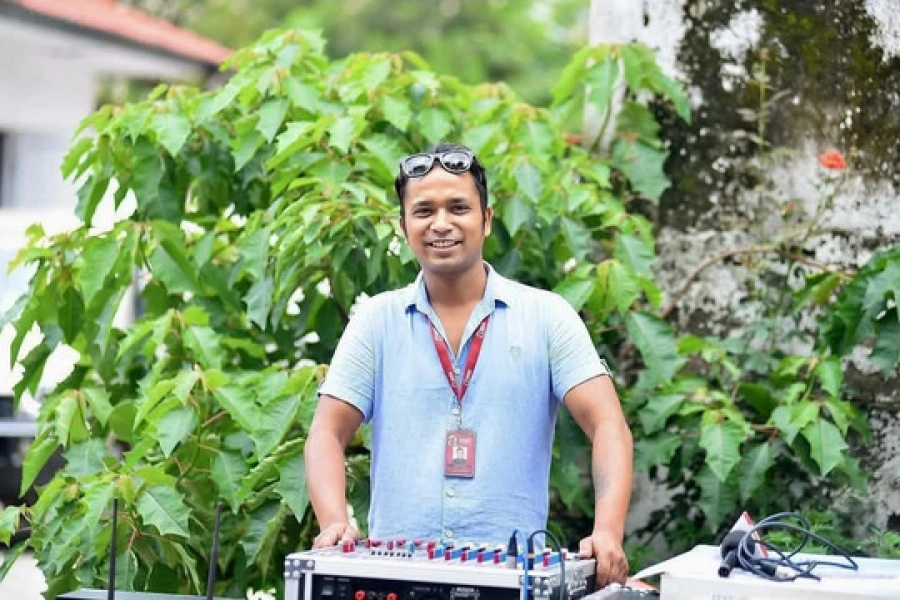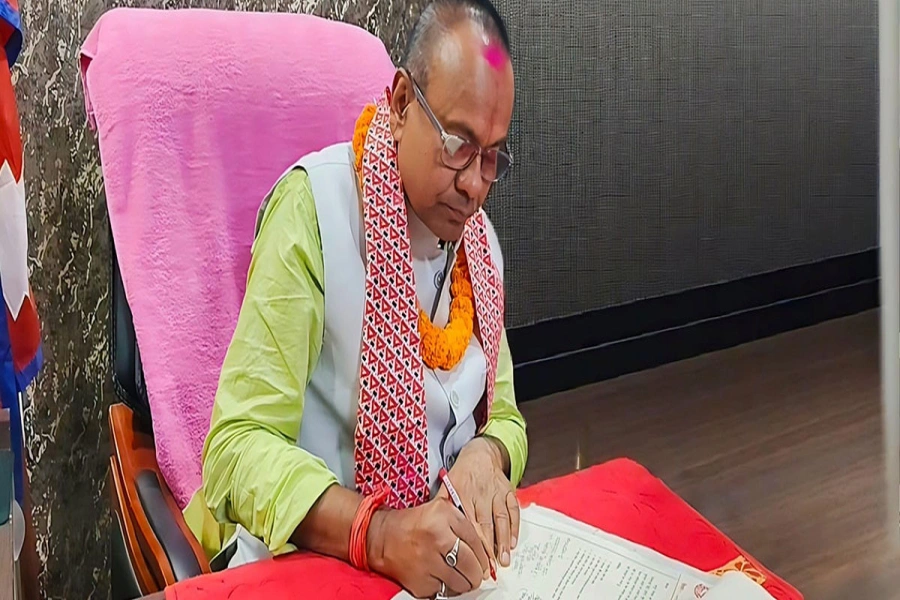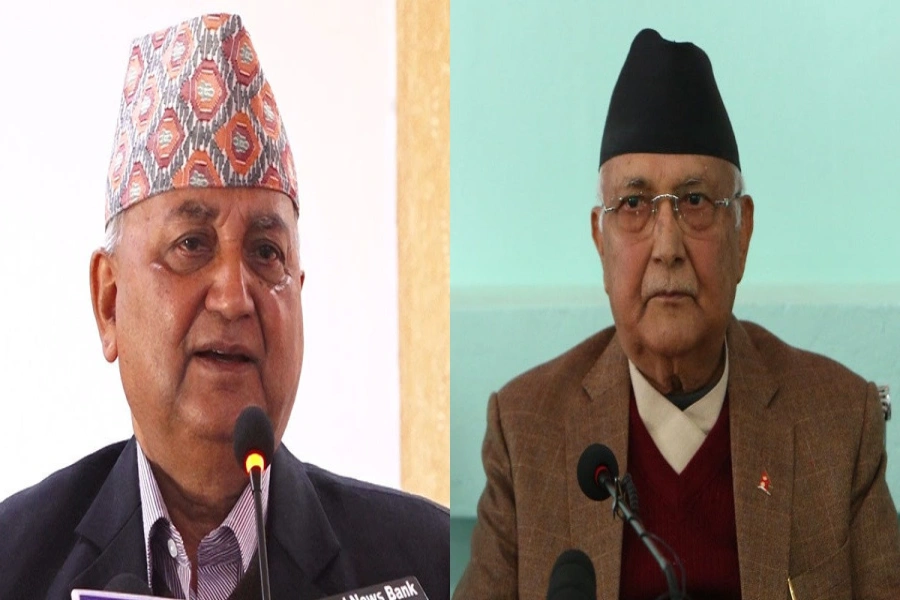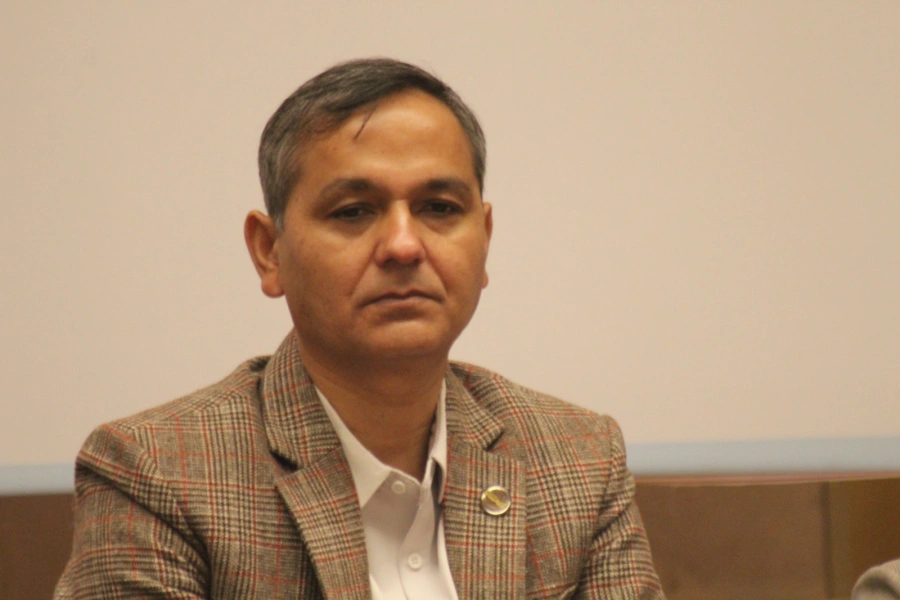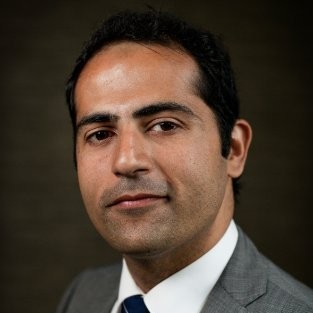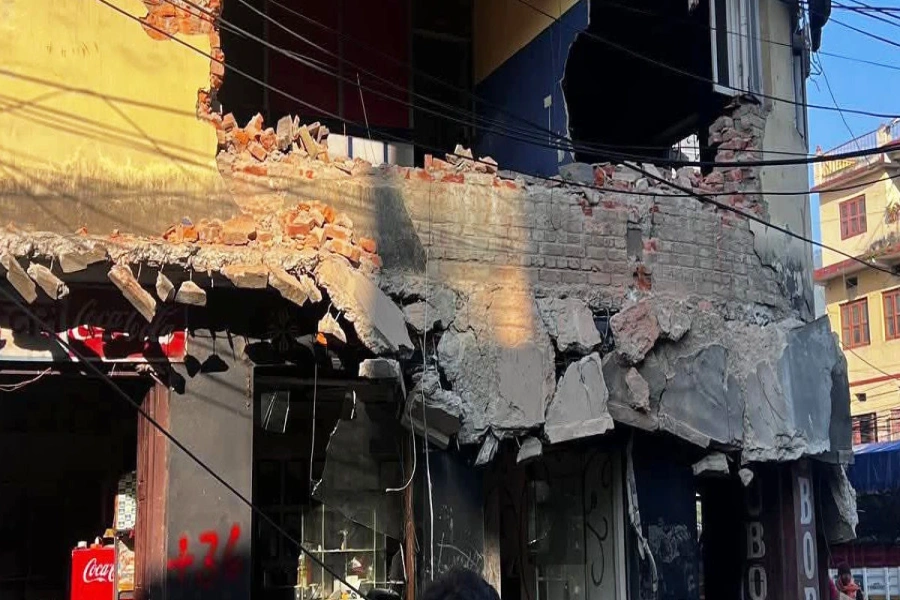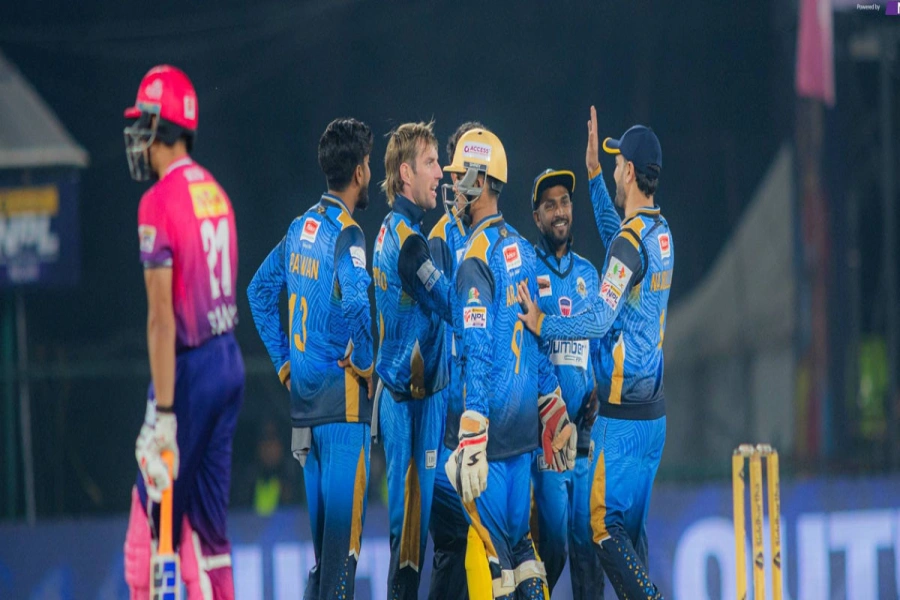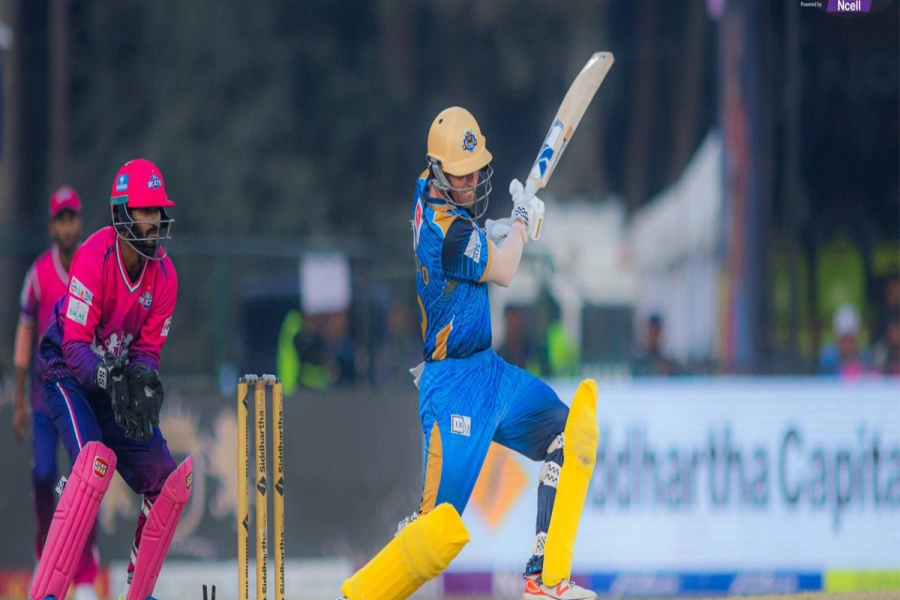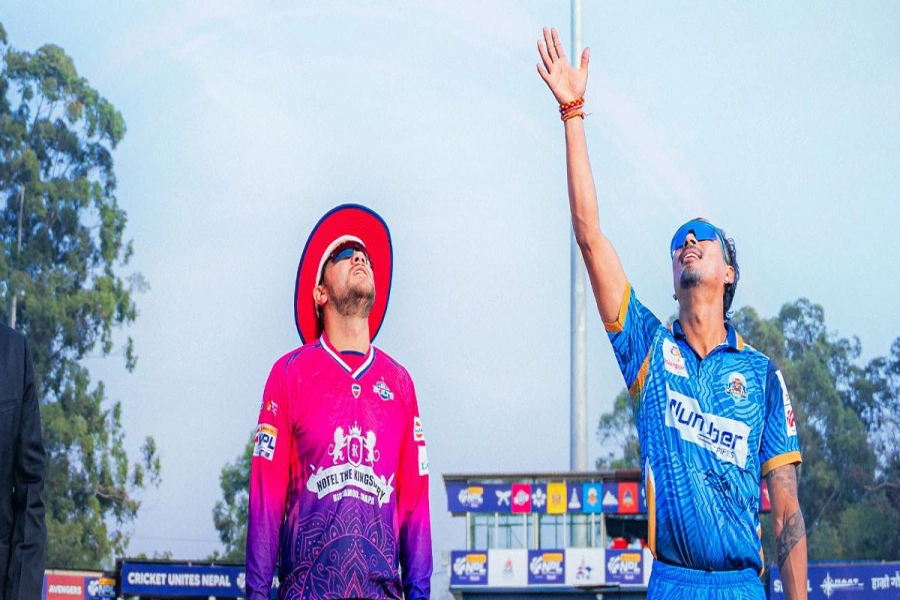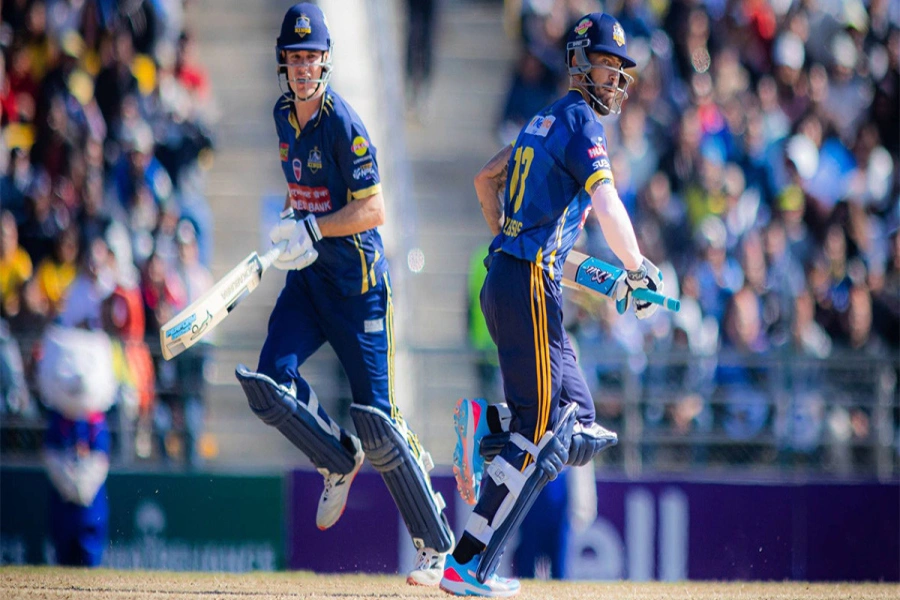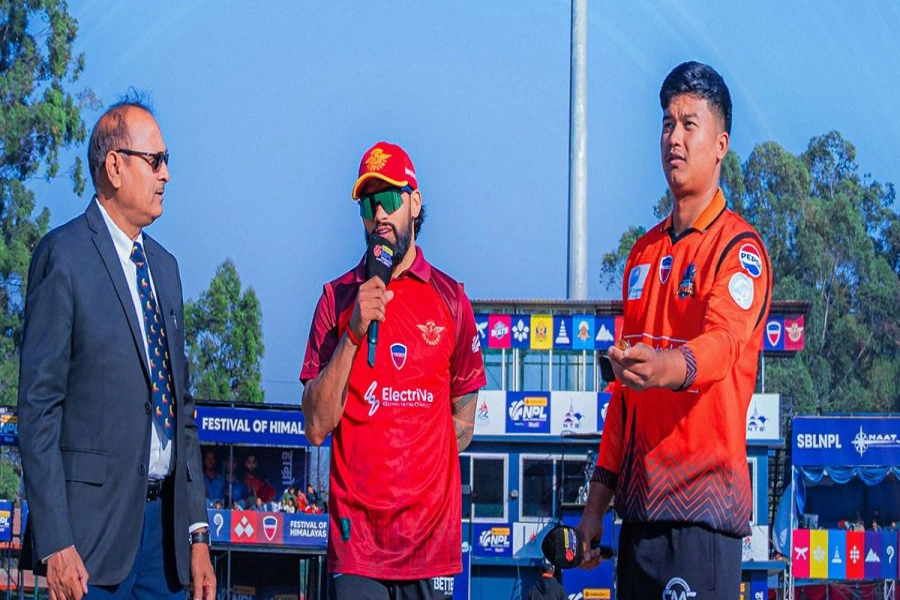Often, the media is alluded to as the face of a country, the reason being that it plays a world-shaking role in a democratic country, which means how free the media is to represent and perform responsibly for the current and actual position of a country. The chief obligation of the media is to inform, reflect, and deliver the truth without whitewashing any information.
However, unfortunately, many times, in the rat race of the TRP game, the mighty media makes a mockery of journalism by missing the fact-based reasoning of the contemporaneous cases. In fact, trials are run by judicial bodies in the process of determining justice in any particular case. In a similar fashion, when the media, before the judgment of the court, runs such parallel trials in any manner, then such trials are deemed as media trials. Herein, the media acts like any investigative agency and covers the case thoroughly, especially if it is the case of any actor, politician, or bigwig figure involved. Other than that, in cases of rape, murder, or heinous crimes, similar parallel-running media trials affect many other aspects of society and the legal landscape, with an adverse effect on unwarranted sub-judice matters.
In some prominent cases, such as the Aarushi Talwar Murder Case (2008), wherein her own biological parents were made and portrayed as murderers, the CBI court awarded life imprisonment to the Talwar couple. Later on, on October 10, 2017, Allahabad High Court acquitted the dentist-talwar couple. In the 2012 Nirbhaya gang rape and murder case, the media made it a public movement, but in many of the channels, the victim’s character was questioned. Likewise, in a highly celebrated case, Nepal’s spinner, Sandip Lamichhane, was sentenced to eight years in jail by the Kathmandu District Court after being convicted of rape. On the other hand, Gaushala-26 (a pseudonym in criminal jurisprudence), in an exemplary epitome of victim-blaming, was convicted by the media trial of allegedly honey-trapping him. When such an inexcusable incident takes place, the media is believed to act responsibly. However, such an act by the media should be excoriated since questioning one of the victim’s characters has intimidating implications for other potential victims who can raise their voice against such a crime in the future.
Media Trial vs. Fair Trial:
AstraZeneca suspends leading COVID-19 vaccine trials after a pa...

Litigation is not always a search for the truth. As per philosopher Charles Taylor, it is a zero-sum game where the law only says either A or B is right. Media trials have always given rise to a certain kind of problem as they necessitate the tug-of-war between two different principles, which are the free trial and the free press, both in which the public at large is customarily invested. Frequently, the media exceeds its limitations on free speech and expression by airing and circulating things that are inimical to the interests of the parties, such as pictures, witness criticism, and information about the parties' personalities.
But at the same time, pursuant to Article 14 of the ICCPR, "All persons shall be equal before the courts and tribunals.". The right to a fair trial is a fundamental right that is given to every accused and victim alike and is unswayed by any external source. It is recognized as a basic tenant of justice, as enshrined in Article 20(9) of the current constitution of Nepal (2015): "Every person shall have the right to a fair trial by an independent, impartial, and competent court or judicial body.". In the case of Sunil Babu Pant vs. The Government of Nepal (2007), these include, inter alia, the right to life, the right to liberty, and the right to a fair trial by an independent and impartial tribunal. Similarly, in India, the Supreme Court, in the case of Rattiram and Others v. State of Madhya Pradesh The Inspector of Police observed that a fair trial is at the heart of criminal jurisprudence. A fair trial is a fundamental right that flows from Article 21 of the Indian Constitution, where the denial of a fair trial is the denial of human rights. Recently, in Dr. Shashi Tharoor v. Arnab Goswami and ORS, the court held that it is the function and right of the media to gather and transmit information to the public and to remark on the administration of justice, involving cases before, during, and after trial, without violating the presumption of innocence. In fact, the presumption of innocence and a fair trial are at the heart of criminal jurisprudence and are fastidious facets of a democratic polity that is governed by the rule of law.
When a trial by the court itself is inherently problematic in the adversarial system of justice, a media trial poses additional issues. By relentlessly reporting on a person who is under judicial consideration at a trial, it forces the public to perceive that person as an accused, which constitutes pressure on the judges and eventually, to a certain extent, affects the judicial process. To get rid of such instances, according to Article 128(4) of the prevailing constitution of Nepal, 2015, if anyone makes an obstacle in the administration of justice or disregards any order or judgment of any court, the court may start procedures and force contempt of court. By doing the pre-trial tampering with the procedures and mechanisms of the judiciary, it results in a conviction from an unfair trial that is contrary to the concept of judicious justice.
Impacts of media trials on judiciary:
In the cluster of Nepali society, media has now reincarnated itself into a 'public court', which can also be referred to as Janta ko Adalat, and has started meddling in court proceedings so supremely that it pronounces its own verdict even before the court does. Nowadays, what we actually distinguish is a trial by the media, where the media itself conducts a separate investigation and builds public opinion against the accused even before the court takes cognizance of the case. By making such representations, it overlooks the golden principle of presumption of innocence until proven guilty and guilt beyond reasonable doubt under the realm of the criminal justice system. At the same time, it causes irreparable harm to a person’s reputation by prematurely judging him or her guilty.
A handful of impacts of media trials on the judiciary can be enlisted. Firstly, “pressure from society," where, due to media trials, upsetting societal pressure is built on judges, which makes it laborious for a judge to conduct a free and fair trial for the accused and perhaps makes it difficult for the judges to be impartial. Many a times, it may leverage the judgments of the court as an image is already portrayed, as in the case of popular actor Paul Shah’s raping a minor. Secondly, it lowers the authority of the court, where in the case of 26/11, even before the court announced its judgment, the media declared that the accused would be awarded the death penalty. The judgments of the court have to be in accordance with the law and its legal procedures. Under the legal arrangement, even for heinous crimes, the fair process of law has to be complied with, and accordingly, the punishment has to be specified. Due to the disproportionate dominance of the media and its coverage of certain cases, there is a downright disruption in the administration of justice. In a factual manner, the media is just allowed to provide pertinent updates to the public, but it is convulsing the judicial process.
The judiciary and the media are the third and fourth pillars, respectively, which are indispensable for the frictionless functioning of a democratic setup. The judiciary and media are co-relative in nature, where the duty of the judiciary is to deliver justice and the duty of the media is to deliver information. If this concept is well understood, then the current media trials won’t have room to persist again. Balancing the right to information with the need for a fair trial is paramount to vindicating the principles of justice and maintaining public trust in both the media and the legal system. Therefore, they both should rather work in collective commitment and coordination to ethical standards by respecting each other’s realm and independence.





